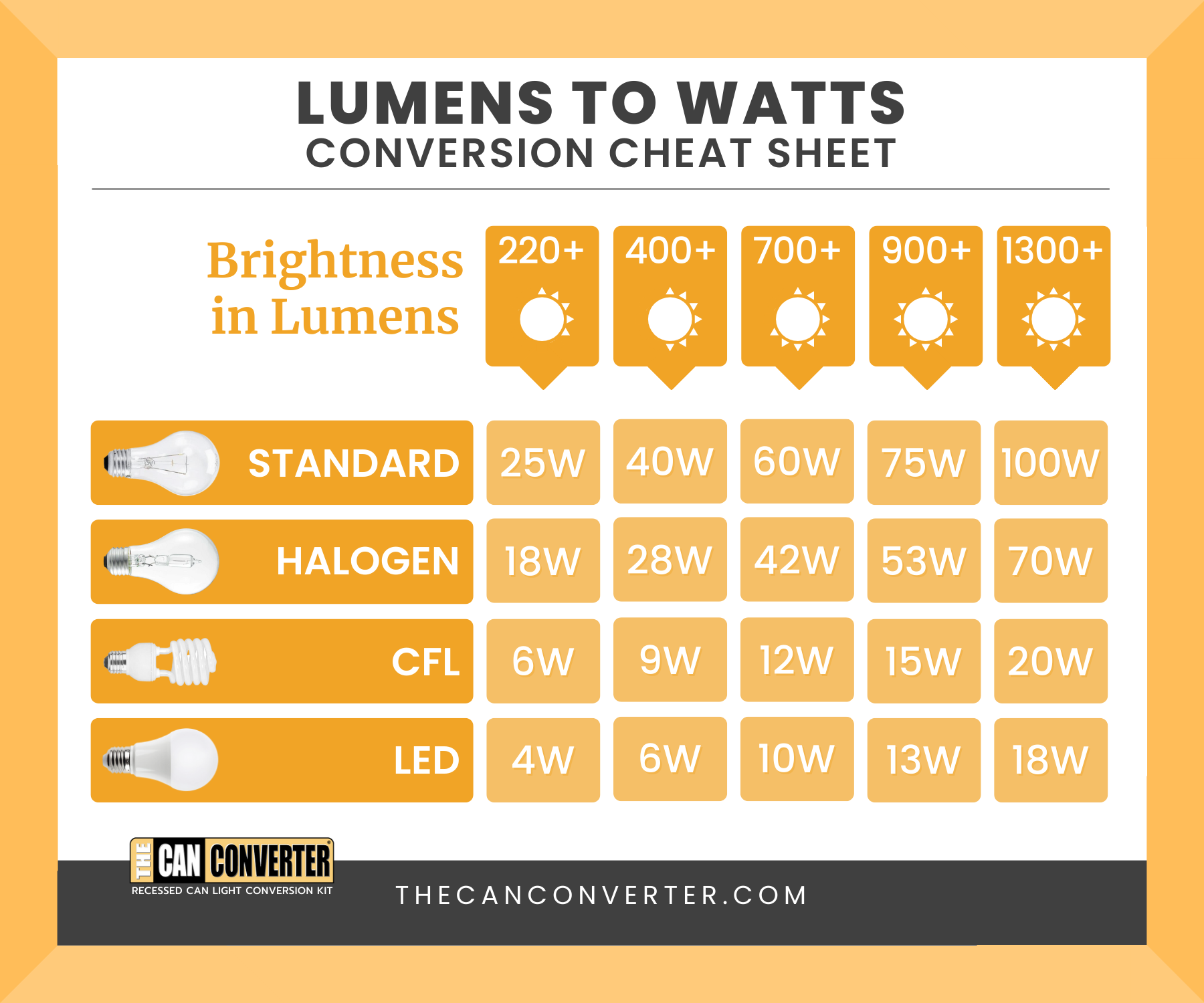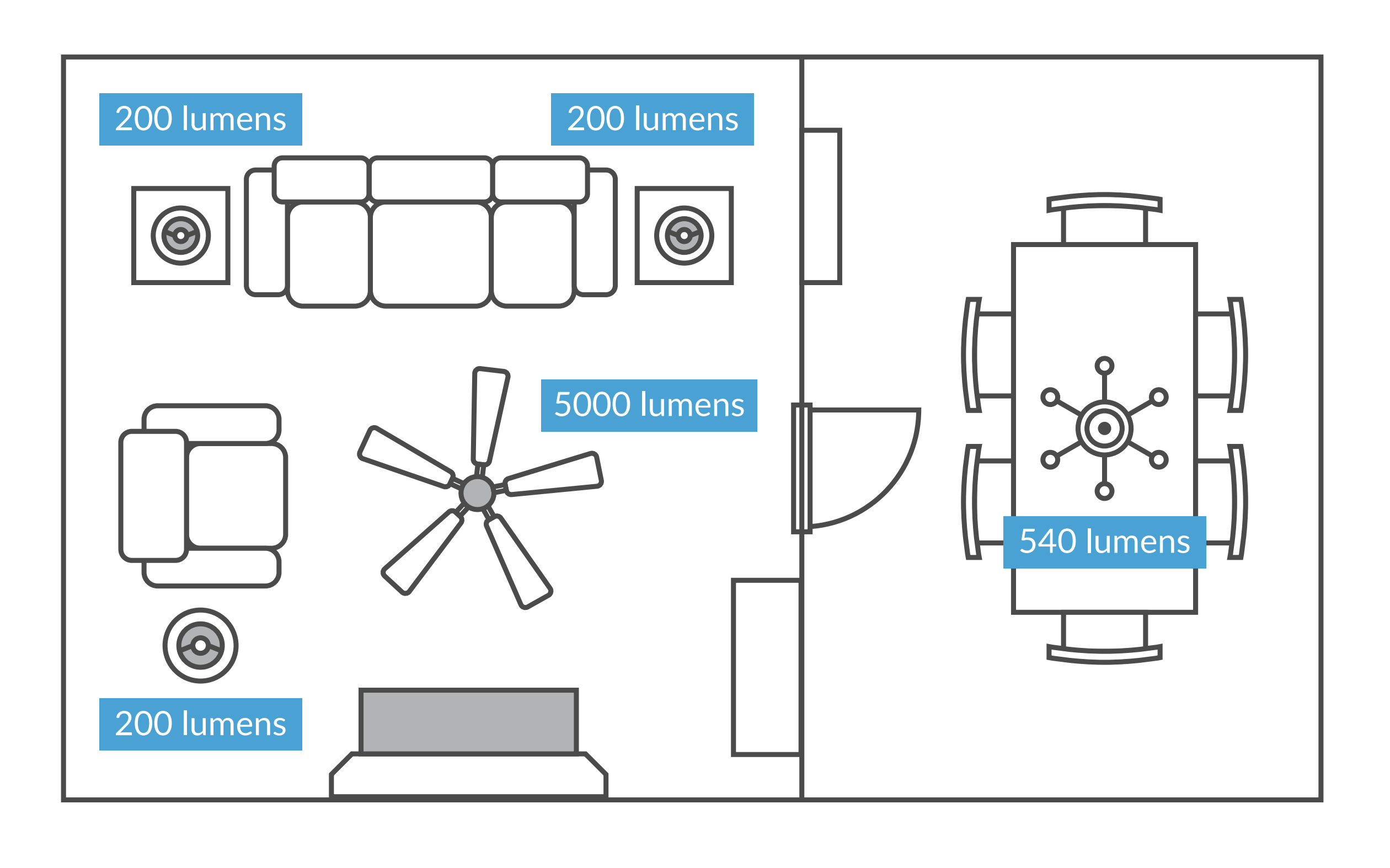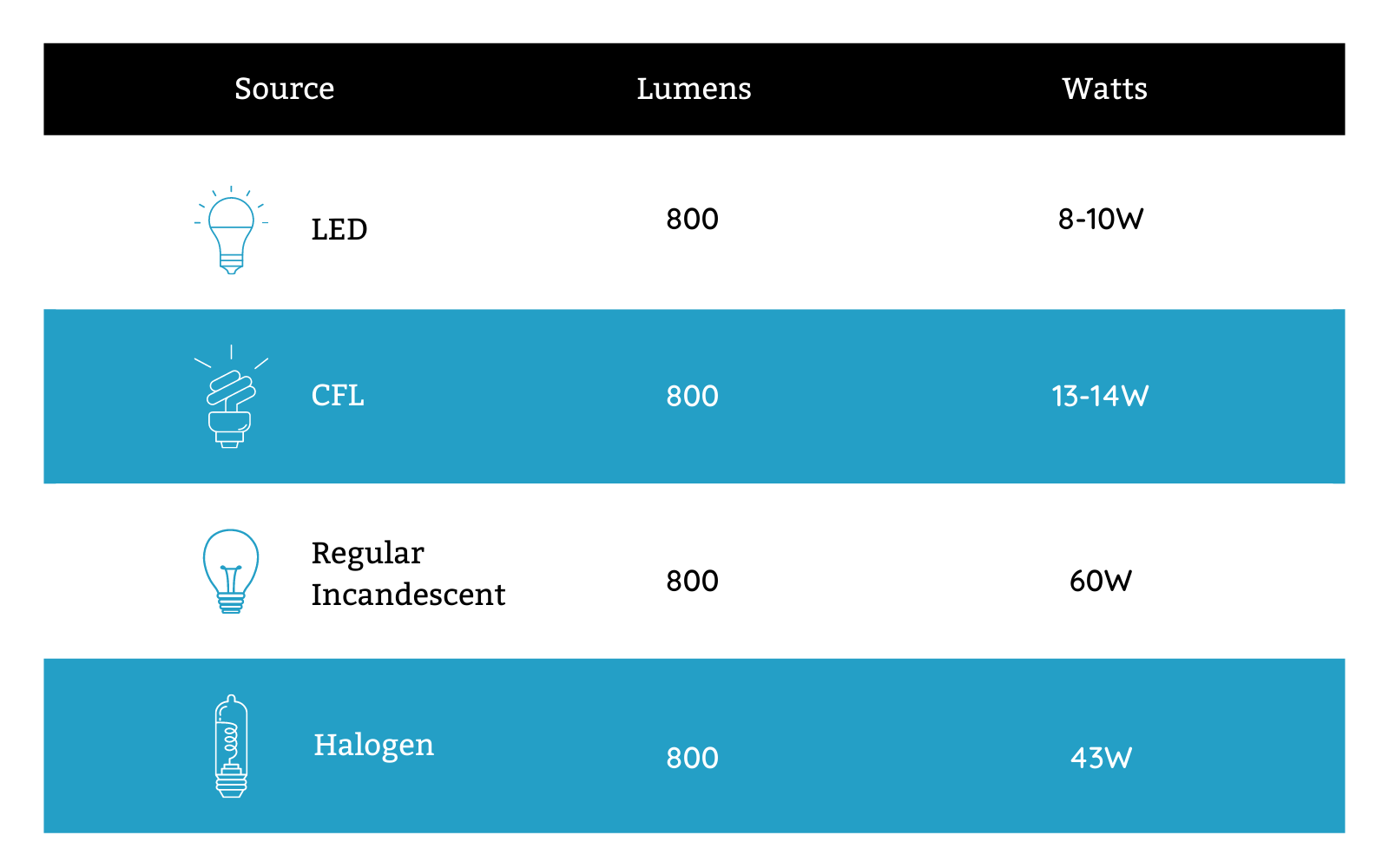Understanding Lumens and Bedroom Lighting

Choosing the right lighting for your bedroom is crucial for creating a comfortable and functional space. The amount of light you need will depend on the size of your bedroom and how you intend to use it. Lumens are a measure of light output, and understanding them can help you select the perfect bulbs for your needs.
Lumens and Brightness, Lumens for bedroom light
Lumens are a unit of measurement for the total amount of visible light emitted by a light source. The higher the lumen output, the brighter the light. In simple terms, lumens tell you how much light a bulb produces. For instance, a 60-watt incandescent bulb emits about 800 lumens, while a 10-watt LED bulb can produce over 800 lumens. This means that an LED bulb can provide the same brightness as an incandescent bulb while using less energy.
Types of Light Bulbs
There are several types of light bulbs commonly used in bedrooms, each with its own lumen output and characteristics.
- Incandescent bulbs are the traditional type of bulb, known for their warm, yellowish light. However, they are inefficient and produce a lot of heat. They typically have a lumen output of 800-1600 lumens.
- Halogen bulbs are similar to incandescent bulbs but are more efficient and have a longer lifespan. They produce a brighter, whiter light than incandescent bulbs. They typically have a lumen output of 1000-2000 lumens.
- Compact fluorescent lamps (CFLs) are energy-efficient bulbs that use less energy than incandescent bulbs. They produce a cooler, whiter light than incandescent bulbs. They typically have a lumen output of 450-1500 lumens.
- Light-emitting diodes (LEDs) are the most energy-efficient type of bulb and have the longest lifespan. They come in a wide range of colors and can produce a variety of light temperatures. They typically have a lumen output of 400-2000 lumens or more.
Lumen Requirements for Bedroom Lighting
The lumen requirements for bedroom lighting will vary depending on the size of the room and the intended use. Here are some general guidelines:
- Small bedroom (under 100 square feet): 800-1200 lumens for general lighting.
- Medium bedroom (100-200 square feet): 1200-1800 lumens for general lighting.
- Large bedroom (over 200 square feet): 1800-2500 lumens for general lighting.
- Reading: For reading in bed, you’ll need brighter lighting than for general use. A desk lamp with a lumen output of 1000-1500 lumens is ideal.
- Relaxing: For relaxing in bed, you can use softer lighting. A bedside lamp with a lumen output of 400-800 lumens is suitable.
- Sleeping: For sleeping, you’ll need very dim lighting. A nightlight with a lumen output of 5-20 lumens is sufficient.
Factors Affecting Lumen Requirements
Several factors can affect the lumen requirements for your bedroom, including:
- Ceiling height: Higher ceilings require more lumens to adequately illuminate the room.
- Wall color: Darker walls absorb more light, requiring more lumens than lighter walls.
- Window size and placement: Large windows that allow natural light to enter the room can reduce the need for artificial light.
- Furniture placement: The placement of furniture can affect the distribution of light in the room.
Choosing the Right Lumens for Your Bedroom

Determining the ideal lumen range for your bedroom is essential for creating a comfortable and functional space. The right amount of light can enhance your sleep, improve your mood, and make your bedroom feel more inviting.
Bedroom Size and Lumen Requirements
The size of your bedroom plays a crucial role in determining the appropriate lumen output. Larger bedrooms generally require higher lumen levels to adequately illuminate the space. Here’s a general guideline:
- Small bedrooms (under 100 square feet): 400-800 lumens
- Medium bedrooms (100-200 square feet): 800-1600 lumens
- Large bedrooms (over 200 square feet): 1600-3200 lumens
Impact of Lighting Fixtures on Lumen Output
Different lighting fixtures have varying lumen outputs, even with the same wattage bulb.
- Ceiling lights: These fixtures typically provide the most overall lumens, as they illuminate the entire room. A standard ceiling fixture with a 60-watt bulb can produce around 800 lumens.
- Bedside lamps: Bedside lamps are ideal for reading or creating a cozy atmosphere. They typically produce lower lumen levels, ranging from 100-400 lumens.
- Wall sconces: Wall sconces offer a more decorative and focused light source. They generally provide less light than ceiling fixtures but can still add significant ambiance to a room.
Color Temperature for Bedroom Ambiance
Color temperature, measured in Kelvin (K), influences the overall feel of your bedroom lighting.
- Warm white (2700-3000K): This color temperature creates a cozy and relaxing atmosphere, ideal for promoting sleep and relaxation. It is often used in bedrooms, living rooms, and dining rooms.
- Cool white (3500-4500K): Cool white light is brighter and more energizing, making it suitable for tasks that require focus and concentration. It is often used in kitchens, bathrooms, and workspaces.
- Daylight (5000-6500K): Daylight bulbs mimic natural sunlight, providing a bright and clear light that is ideal for reading and other tasks. They can be used in any room but are particularly effective in spaces where natural light is limited.
Creating a Balanced Lighting Plan: Lumens For Bedroom Light

A well-designed bedroom lighting plan should cater to various activities and moods. It goes beyond simply providing illumination; it sets the stage for relaxation, reading, working, and creating a cozy atmosphere. Achieving this balance involves incorporating three primary types of lighting: ambient, task, and accent.
Combining Light Sources for a Balanced Scheme
- Ambient Lighting: This provides overall illumination for the room, setting the general mood. It is typically achieved using ceiling fixtures or overhead lights. The lumen level for ambient lighting should be sufficient to comfortably navigate the room without being too harsh. For a bedroom, a range of 1,000 to 2,000 lumens is generally suitable.
- Task Lighting: This is focused lighting designed for specific activities like reading, working, or applying makeup. Task lighting should be brighter than ambient lighting, with lumen levels ranging from 300 to 1,000 lumens depending on the task.
- Accent Lighting: This is used to highlight specific features in the room, such as artwork, plants, or architectural details. Accent lighting should be focused and directional, creating a dramatic effect. The lumen level for accent lighting can vary greatly depending on the desired effect and the size of the feature being highlighted.
Utilizing Dimmers for Mood Control
Dimmers allow you to adjust the brightness of your lights, creating different moods and atmospheres in your bedroom.
- For a relaxing ambiance: Dim the ambient lighting and use soft, warm-toned light bulbs. This creates a cozy and inviting atmosphere, perfect for unwinding after a long day.
- For focused work or reading: Increase the brightness of your task lighting to provide adequate illumination for your activity. You can also use a combination of ambient and task lighting to create a more balanced and functional environment.
- For a romantic evening: Dim the ambient lighting and use accent lighting to create a warm and intimate glow. Candlelight can also be a great option for a romantic setting.
Lumens for bedroom light – So, you’re thinking about lumens for your bedroom light, right? It’s all about finding the perfect balance between cozy and bright. But let’s be real, who doesn’t love a little glam? Check out these gold light fixtures for bedroom that can totally elevate your space.
And remember, even with the glitz, the right lumens will make sure your bedroom feels just right.
Lumens are key for bedroom lighting, but sometimes you just want a vibe, you know? For that, a star light projector for bedroom is perfect. It’s all about mood lighting, and lumens are more about how bright the light is, not the feel it gives.
So, lumens for bedroom light are important, but sometimes you just gotta chill out with the stars.
